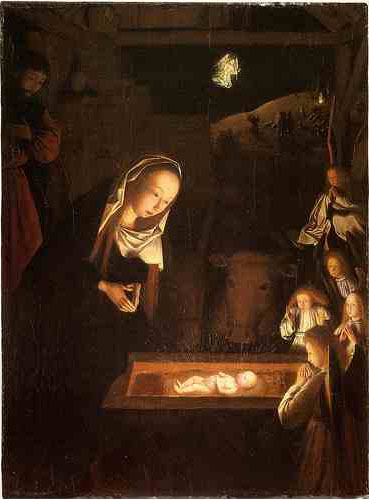Define the Enlightenment period
To define the Enlightenment period, I would start by saying it was a philosophical movement which occurred throughout the 18th century and was noted to be a critical period for western civilisation i.e.; Europe and the Americas.
Also defined as ‘A Time of Illumination’, it was mankind’s coming of age and witnessed new fresh ways of thinking. Thus propelling anew dawn of reason for art and culture. It was defined as such due to a group of writers, scholars, artists and scientists actively seeking the use of rational thought to rid the world of superstition and ignorance.
Enlightenment was born out of the Age of Reason, which originally believed in ideas established and controlled by the Roman Catholic Church.
So, it was released from religious ideas through the use of observing, evidence, mathematics, science, reason and rational findings. An emancipation of the human consciousness from ignorance and error. The liberation of the human mind, human rights and democracy.
What ideas became principally more important during the Enlightenment and why?
Initially the main ideas of the Enlightenment were to give people more freedom, to have all religions treated equal and to bring progress to humanity with new knowledge.
Rene Descartes, who was said to be one of the fathers of the Enlightenment, influenced rationalism with ideas using mathematics, deduction and modern science. He influenced others into realising that nature has an orderly system and could be understood by mere mortals.
Another said to be one of the fathers of Enlightenment was Francis Bacon who advocated the use of scientific method and instigated the move away from authority of the medieval and the awakening of modernity. The scientific methods and ideas he developed were a new approach to problem solving and explaining what had been previously explained by myth and tradition.
All these ideas became more important as they led to advancements of which would change the western world into an intelligent and self aware civilisation. Thus eventually prompting The Industrial Revolution which would then go on to provide jobs for rural citizens. Citizens who may not have necessarily participated in the Enlightenment (not through ignorance but through lack of education).
What does the history of the Enlightenment to Modernism tell us about progress in culture?
Events that occurred in the Enlightenment period through to the Modern era resulted in acute progress in culture. These themes of progress exercised throughout the Enlightenment were apparent in Modernity.
This shows that without the findings of the practitioners of the Enlightenment, progression as we know it would not have been exemplified to the extent it has. Engineering, culture and technology moved forward at a great pace within a short space of time.
New technologies and ideas initiated The Industrial Revolution which is largely responsible for the opportunities we have today, although some would say that today’s mainstream culture has largely rejected the ideas which motivated the Enlightenment.
An example of art from the Enlightenment
Last year, in February 2012, a restoration of Joseph Wright of Derby’s paintings revealed hidden details .A keeper at the gallery in Derby was astonished as she saw details that were invisible for more than a century re-emerge. The painting in question is ‘A Philosopher Giving a Lecture on the Orrery’, 1765 (See Fig.1).
It shows a philosopher demonstrating the movement of the planets around the sun and an explanation of eclipses. Visually I like the idea as it confirms what was actually occurring in the Enlightenment. It is rumoured as well that Wright deliberately gave the philosopher the appearance of Sir Isaac Newton.
http://www.guardian.co.uk/artanddesign/2012/feb/23/restoration-joseph-wright-derby-paintings




![The_Hayward_gallery__Richard_Porter_500fbe9c54367[1]](https://ejmccaskey.files.wordpress.com/2013/04/the_hayward_gallery__richard_porter_500fbe9c543671.jpg?w=300&h=185)

